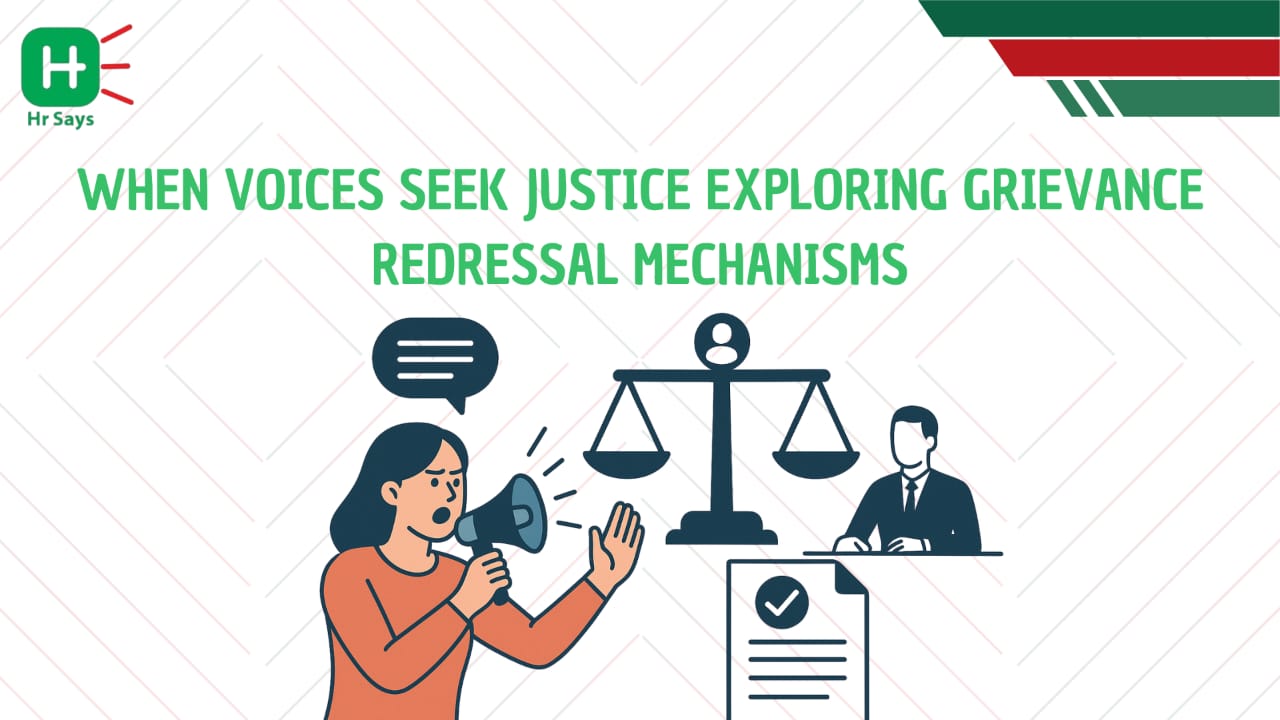What becomes of the unheard concerns in workplaces, institutions or services? Aggression increases, confidence diminishes, and it becomes quiet. Here the grievance redressal mechanisms intervene. They establish avenues of fairness, accountability and resolution. We will see how these systems actually work.
The Meaning of Grievance Redressal
Fundamentally, grievance redressal is concerned with the dissatisfaction. It is a systematic movement by which an individual is allowed the right to express themselves, and demand something to be done. Such systems seek to reestablish confidence whether in a company, school, or in the service of the people.
Why Grievance Redressal Matters
Before diving into how it works, it’s worth asking: why is grievance redressal so important? Because unresolved issues have consequences. They may harm morale, affect performance, and erode relationships. A fair mechanism acts like a safety valve.
Key Benefits
● Builds trust between individuals and institutions
● Promotes transparency in decision-making
● Prevents escalation of minor issues into major conflicts
● Ensures accountability of those in authority
Elements of a Good Mechanism
Every grievance system may look different, yet certain pillars remain constant. Without them, the mechanism fails to hold ground.
Accessibility
People must know where and how to lodge a complaint. If the process feels hidden, it discourages use.
Timeliness
Delays in response weaken credibility. A clear timeline for acknowledgment and resolution is essential.
Fairness
Complaints should be handled impartially. Bias destroys trust faster than silence.
Confidentiality
Those who raise issues often fear repercussions. Protecting their identity is crucial.
How the Process Works
Though details vary, most grievance redressal systems follow a similar flow. It ensures consistency and clarity.
1. Filing of Complaint – The issue is recorded in written or digital form.
2. Acknowledgment – The complainant is informed that the concern is received.
3. Investigation – Facts are verified through evidence and discussions.
4. Resolution – A decision is communicated with possible remedies.
5. Appeal – If unsatisfied, the complainant may seek a higher review.
Challenges in Redressal
While the idea is simple, the execution often struggles. Limited awareness, procedural delays, or lack of accountability hinder progress. Sometimes, fear of retaliation keeps people silent. A mechanism is only as effective as its implementation.
Conclusion
Grievance redressal mechanisms are not about removing conflict. They are about managing it fairly. A complaint raised should not feel like a risk but a right. When systems respond with transparency, trust is strengthened, and institutions grow more resilient.

 Grievance redressal mechanisms provide structured ways to resolve complaints fairly. They ensure trust, accountability, and transparency when concerns arise. With accessibility, timeliness, fairness, and confidentiality, these systems safeguard the rights of individuals and strengthen institutions.
Grievance redressal mechanisms provide structured ways to resolve complaints fairly. They ensure trust, accountability, and transparency when concerns arise. With accessibility, timeliness, fairness, and confidentiality, these systems safeguard the rights of individuals and strengthen institutions.












.jpeg)












.jpeg)